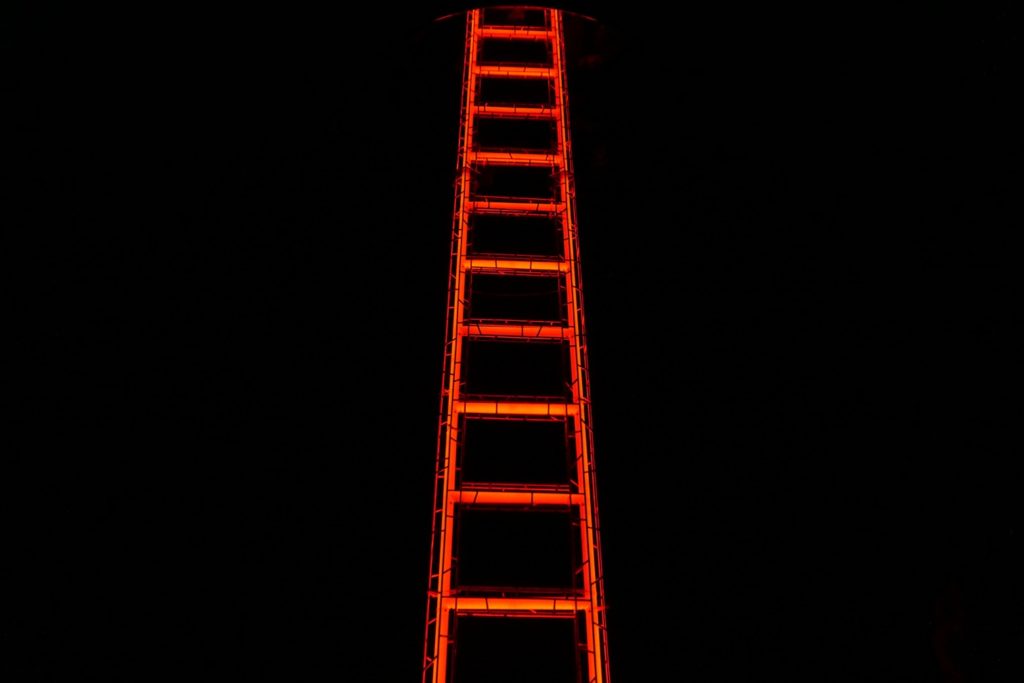
Ladder falls can cause a tremendous number of on-the-job injuries—even fatalities. In 2020 alone, 161 people died due to work injuries connected to using a ladder.
When it comes to suffering from these injuries, our attorneys at the Weinberg Law Offices understand how exhausting it can be to go through the healing process.
What are some common fall from ladder injuries?
Common injuries resulting from falling off a ladder often include:
- Head Injuries: Falls from ladders can lead to severe head injuries, such as concussions, skull fractures, and traumatic brain injuries.
- Bone Fractures: Ladder accidents can result in various bone fractures, including those of the shoulder, wrist, and hip. These fractures are common due to the impact of the fall.
Listed below are some of the typical injuries in falls from ladders that you may be able to recover compensation for.
Broken Bones
Among the most common injuries in a fall from a ladder are broken bones or fractures. These injuries can be devastating—breaking an arm makes it extremely difficult for a person to do everyday tasks, let alone working.
Other common fall injuries include broken wrists, hips, and ankles.
Traumatic Brain Injuries (TBIs)
If a person hits their head after falling from a ladder, this can cause catastrophic injuries. Traumatic brain injuries often have long-lasting effects that make it nearly impossible to lead the life you once enjoyed.
If you hit your head after a fall, you must seek medical care as soon as possible. Call 911 or seek emergency treatment if you have severe injuries. A doctor can check for any hidden problems that are not immediately noticeable.
Spinal Cord Injuries
A fall from a ladder can cause extensive injuries to the spinal cord. If a person falls from a lower height, they may have an incomplete spinal cord injury. Complete spinal cord injuries are more likely if you fall from a greater height.
An incomplete spinal cord injury means that you can still move and feel parts of your body below the point of damage. If you have sustained a complete injury, you will likely be paralyzed below where you suffered an injury.
What Is the Most Common Type of Ladder Accident?
You might be asking yourself, What are the biggest causes of ladder falls?
There are multiple reasons someone might fall from a ladder and sustain injuries.
Incorrect Use of a Ladder
Improperly using a ladder is a cause of an enormous number of ladder accidents. You should avoid reaching something too far to the side when using a ladder.
Instead, move the ladder closer to where you need it placed. This will reduce the chance of falling and suffering injuries.
Defective Ladders
Ladders with product defects are also a potential cause of painful injuries. In this case, you might be able to file a product liability suit. This could allow you to recover compensation for your injuries from the manufacturer.
Damaged or Old Ladders
Many people will keep the same ladder and use it for decades without replacing it. Unfortunately, a worn or damaged ladder can be dangerous.
Workers and others should inspect a ladder before using it to ensure it is not breaking down, like having compromised rungs, cracks, faulty locks, or damaged hinges.
Improperly Securing a Ladder
Not seeing that a ladder is resting on a stable and even surface can cause serious accidents. Always ensure that the ladder is properly spread and not on a slippery surface.
The ladder also needs to be on a level, firm surface—not on something like a bed of mulch.
How Is Fault Determined in a Ladder Accident?
Typically, if you were injured at work while using a ladder, workers’ compensation will be your sole remedy.
This means that unless your employer’s actions were especially egregious or intentional (or perhaps your employer failed to carry workers’ comp insurance), your claim will be handled through workers’ comp.
And since workers’ comp is a no-fault system, it isn’t necessary to show that the accident was due to your employer’s negligence.
However, there may be situations where your injury was caused by the actions of a third party, such as the contractor or a manufacturer.
In these cases, you will need to show the four traditional components of a negligence claim: duty, breach, causation, and damages.
Duty
This is the first element of negligence you and your attorney will need to prove. You must show that the defendant had a duty of care towards you.
For example, a third-party contractor owes a duty of care to other workers to conduct their activity in a reasonable and prudent manner.
Breach
A breach of the duty of care means that the defendant or responsible party did not meet their duty of care to you.
So, for example, a ladder manufacturer would breach its duty of care if it produced or designed a ladder that had a tendency to break at the hinges.
Causation
Under the third piece of negligence, you must prove causation. This means that “but for” the breach of duty by the liable party, you would not have sustained injuries.
For example, a ladder manufacturer could be determined to have caused your injuries if it made a ladder with slippery foot pads that caused you to fall off the ladder and break your leg.
Damages
This means that you must have been hurt in some way by your fall from the ladder. Your attorney will help you prove this last element.
Damages refer to any compensable losses you may have incurred, such as medical expenses due to a broken arm. Other losses may include:
- Lost wages,
- Pain and suffering, and
- Emotional distress.
Consider speaking with our experienced attorneys for information on other possible damages.
How A Premises Lawyer Can Assist You
A premises lawyer at the Weinberg Law Offices is ready to fight for you if you have suffered injuries in a ladder accident. Contact us today at 818-824-6721 for a free consultation.
Our attorney Yoni Weinberg is ready to help individuals throughout Los Angeles with fluency in Hebrew, Spanish, and English.
Disclaimer: This content should not be construed as legal advice.

